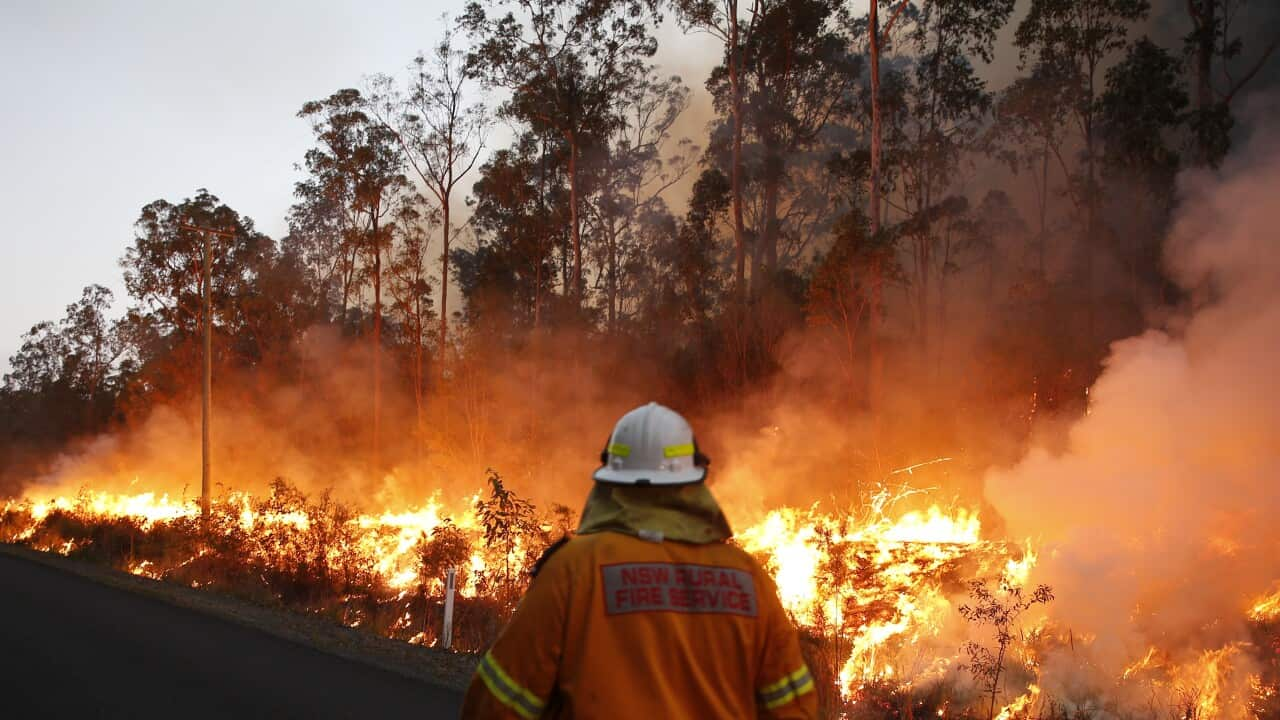BAL Report Principles: Necessary Information for Homeowner
BAL Report Principles: Necessary Information for Homeowner
Blog Article
Just How BAL Report Impacts Shrub Fire Security Actions
In the realm of bush fire protection, the Structure Attack Level (BAL) record stands as a critical tool that significantly affects the security and strength of residential or commercial properties in fire-prone locations - BAL Report. The impact of a BAL analysis extends far past plain documentation; it works as the foundation for figuring out the suitable building criteria and fire protection steps required to mitigate the dangers presented by bushfires. As areas grapple with significantly severe fire seasons, understanding just how the BAL report forms these protective steps ends up being paramount for homeowners, policymakers, and building contractors alike
Understanding the Bushfire Attack Level

Importance of BAL Report Assessment

Moreover, the BAL report evaluation functions as a foundational action in abiding by lawful obligations and demands associated with bushfire security. Regional councils and authorities typically mandate the entry of a BAL report as part of the planning and structure authorization procedure to ensure that residential properties are properly secured versus bushfire risks. Failing to carry out a complete BAL record assessment can result in insufficient security procedures, leaving residential or commercial properties at risk to ruining bushfire occurrences.
Construction Standards Based on BAL
A thorough understanding of the Bushfire Attack Level (BAL) allows residential property proprietors to execute construction standards tailored to their specific danger account. Building requirements based on BAL are important in minimizing the influence of bushfires on buildings. The BAL ranking categorizes the prospective danger a residential property deals with during a bushfire on a range from BAL-Low to BAL-FZ (Flame Area) Each BAL level corresponds to particular construction requirements described in the Australian Conventional AS3959-2018 Construction of Structures in Bushfire-Prone Locations. As an example, buildings identified as BAL-Low might only require basic measures such as getting rid of debris and keeping gardens, while those in higher BAL groups need even more robust actions like coal displays, fire-resistant products, and secured home windows. Adhering to these building and construction requirements not just enhances the architectural resilience of the residential property however visit our website also boosts the overall safety and security of locals throughout a bushfire occasion. Residential property proprietors should meticulously consider their BAL ranking and abide with the corresponding construction criteria to sufficiently secure their passengers and homes.
Carrying Out Fire Defense Procedures
With the structure of building standards based on Bushfire Attack Degree (BAL) in position, the focus now shifts towards the practical execution of fire security steps to strengthen homes against bushfire hazards. Applying fire defense actions includes a combination of passive and energetic methods to boost the durability of buildings in bushfire-prone locations. Passive procedures consist of using fire-resistant structure materials, installing ash guards on vents, sealing voids in roofings and walls, and preserving a clear space around the property devoid of flammable plant life. Active actions encompass having firefighting tools readily offered, such as pipes and water pumps, along with producing a defendable area around the home by clearing plant life and having a well-maintained yard. In addition, developing a discharge strategy and guaranteeing all citizens are aware of emergency situation treatments are important parts of effective fire security actions. By incorporating both passive and energetic techniques, buildings can considerably minimize their susceptability to bushfire occurrences and enhance the safety of passengers.
Shielding Homes Versus Bushfires
Successfully safeguarding homes against the destructive effects of bushfires requires a aggressive and extensive strategy to fire defense measures. Additionally, sealing vents and voids to prevent ash breach, as well as incorporating fire-resistant doors and windows, can assist fortify the home's protection versus bushfires. By embracing a proactive stance and incorporating these protective measures, home owners can considerably raise their chances of securing their homes against bushfires.
Verdict
In conclusion, the Bushfire Assault Level (BAL) report plays a crucial function in determining the necessary defense actions versus bushfires. By analyzing the BAL, building and construction requirements can be customized to mitigate the dangers and make sure the Bonuses safety and security of homes in fire-prone locations. Carrying out fire protection measures based on the BAL report is crucial in securing residential or commercial properties from potential bushfire threats. It is imperative for homeowners to prioritize BAL assessments and abide by recommended building standards to boost bushfire durability.
In examining bushfire threat to residential or commercial properties, understanding the Bushfire Strike Degree (BAL) is an important part for carrying out effective defense measures. In general, a clear understanding of the Bushfire Assault Level is important for applying adequate defense procedures and reducing the effect of bushfires on residential properties.

Report this page